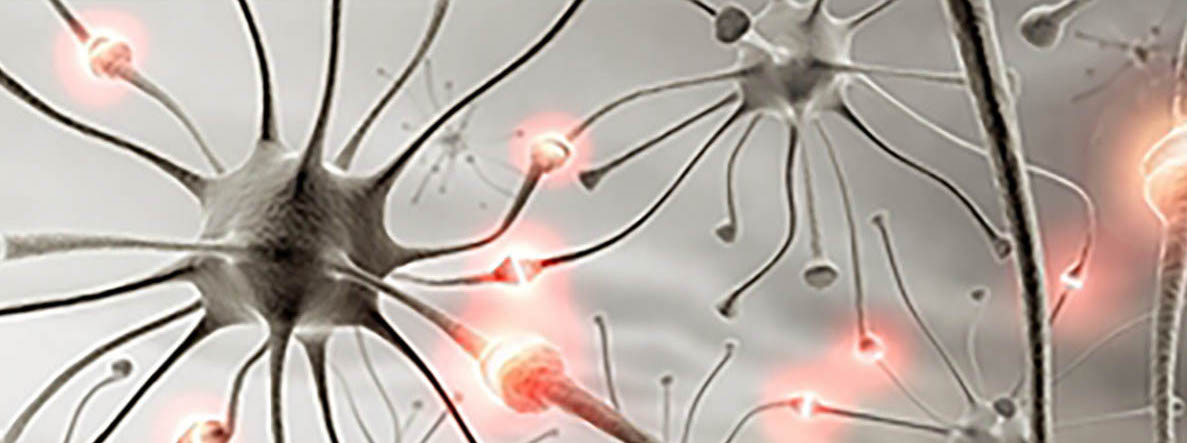
PAIN MANAGEMENT
TECHNOLOGY OVERVIEW
There are many areas of neurotechnology in the treatment of pain. This is an overview of three basic areas of treatment that are currently available:
TENS units (transcutaneous electrical nerve stimulation) and Percutaneous Neuromodulation Units (PENS) work by delivering low-level electrical stimulation through electrodes placed directly on the skin of the affected area. The electrical stimulation delivered through the skin may help alleviate pain by blocking pain messages being sent to the brain. Both systems require a physician’s prescription but this therapy can provide a convenient means of treating some forms of pain. Both are non-invasive and can be an economical solution.
Transcranial Magnetic Stimulation System (TMS), is a non-invasive neuromodulatory technique that applies magnetic pulses to the brain using a ‘coil.’ An electric current is delivered to the coil, which acts as the magnetic field generator in the procedure. The generated magnetic field passes through the skull and induces an electrical current in the brain. Different coil types are used to elicit different magnetic field patterns, and using more focal points can elicit a deeper magnetic field to stimulate deeper cortical layers. Find a TMS specialist in your area is provided by our partner, Neuromodec, click here to search.
Spinal Cord Stimulation (SCS) system is a hybrid system comprised of implanted electrodes in the spine and an external control unit. It uses electrical stimulation to block the pain pathways to the brain that travel through the spinal cord. SCS has also been known to decrease spasticity. An initial trial is needed to see if effective results can be achieved. If the trial is successful, a permanent system may be implanted. The user has the ability to keep the system on permanently or as needed. Find a SCS specialist in your area is provided by our partner, Neuromodec, click here to search.
These above options should be discussed with a medical professional trained in interventional pain medicine. Deep brain stimulation, transcranial direct current stimulation, and the use of very high-frequency alternating currents as a method for blocking nerve conduction in peripheral nerves are currently under investigation. These methods might be able to provide an improved alternative for blocking pain and controlling muscle spasms. To discover more about available clinical trials, visit www.clinicaltrials.gov
Special appreciation to Dr. Elliot Krames, MD, International Neuromodulation Society, Dr. Thomas Keller, MD, Pacific Pain Treatment Centers, and Neuromodec for their contribution to creating this introduction.
TYPES OF NEUROPATHIC PAIN
Neuropathy arises from nerve injury, as the INS describes in this overview about this chronic condition that lasts from months to years. A Fact Sheet of a further description of Neuropathy; courtesy of INS.
Neuropathic Pain: Since the 1980s, neurostimulation has been an option for controlling symptoms of chronic neuropathic pain, and the use of the therapy continues to spread as the technology itself advances. A Fact Sheet of a further description of Neuropathic Pain; courtesy of INS.
Painful Peripheral Neuropathy: The INS explains this condition as “a common neurological disorder characterized by numbness, weakness, tingling, and pain, often starting in the hands or feet”. A Fact Sheet of a further description of Peripheral Neuropathy; courtesy of INS.
Complex regional pain syndrome (CRPS): The key symptom of CRPS is continuous, intense pain out of proportion to the severity of the injury, which gets worse rather than better over time. CRPS most often affects one of the arms, legs, hands, or feet. Typical features include dramatic changes in the color and temperature of the skin over the affected limb or body part, accompanied by intense burning pain, skin sensitivity, sweating, and swelling. A Fact Sheet of a further description of CRPS; courtesy of NINDS.
Special Commentary
We offer a new special commentary about neurotechnology therapies, treatments, and devices specifically for Fibromyalgia. Click here for our free overview.
CONSIDERATIONS
There are a variety of applications which are listed below by category. Prior to considering any new therapy, treatment, or device, a proper evaluation should be conducted by a knowledgeable medical professional. There are health, medical and financial risks. Out-of-pocket costs and available insurance coverage for any treatment must be considered prior to starting a protocol. Also, it is key to understand that results and applications will vary depending on symptom and function limitations related to the condition. If you find something of interest, please contact the vendor directly to find a trained professional in your area.
Technology Listing
Resources & Support Groups
- Find a Spinal Cord Stimulation specialist in your area is a resource provided by Neuromodec.
- Alliance to Advance Comprehensive Integrative Pain Management – A multi-stakeholder collaborative, comprised of people living with pain, public and private insurers, government agencies, patient and caregiver advocates, researchers, purchasers of healthcare, policy experts, and the spectrum of healthcare providers involved in the delivery of comprehensive integrative pain management.
- American Academy of Pain Management – The American Academy of Pain Management is an inclusive, interdisciplinary organization serving clinicians who treat people with pain through education, setting standards of care, and advocacy.
- American Chronic Pain Association – The American Chronic Pain Association was founded in 1980 by Penney Cowan in Pittsburgh, Pennsylvania.
- American Society of Interventional Pain Physicians – A clinical association that represents interventional pain physicians dedicated to improving the delivery of interventional pain management services to patients across the country.
- NIH Neurological Disorders and Stroke – Chronic Pain – NINDS Chronic Pain Information Pages.
- U.S. Pain Foundation – A non-profit created by people with pain for people with pain to help inform, connect, educate, and empower the pain warrior.
